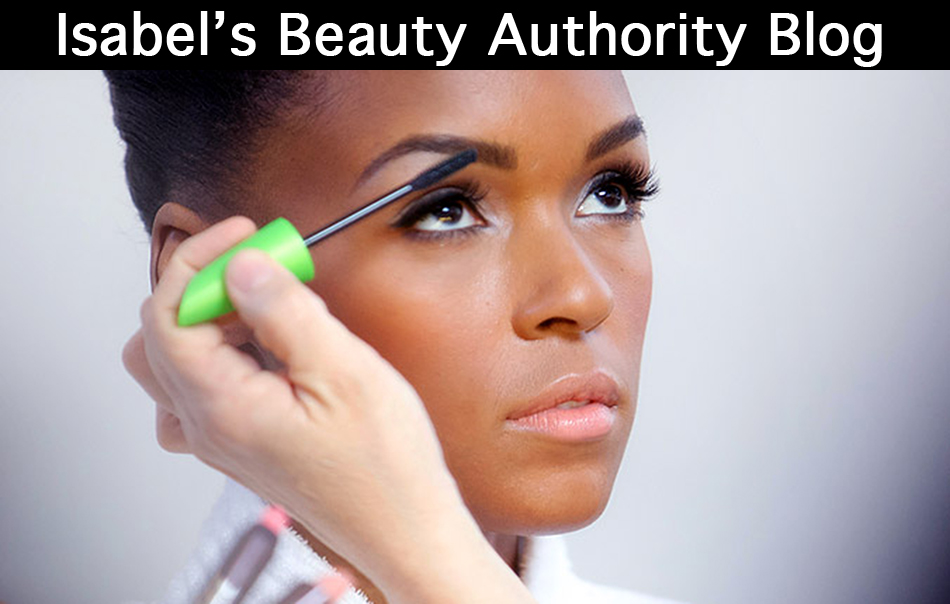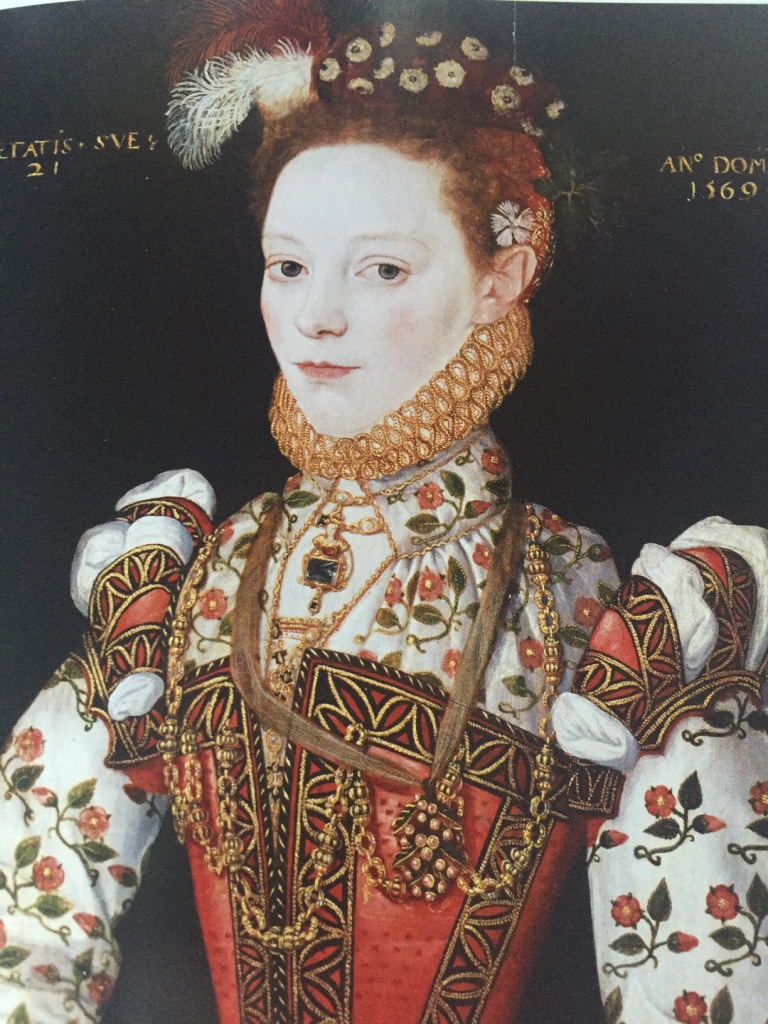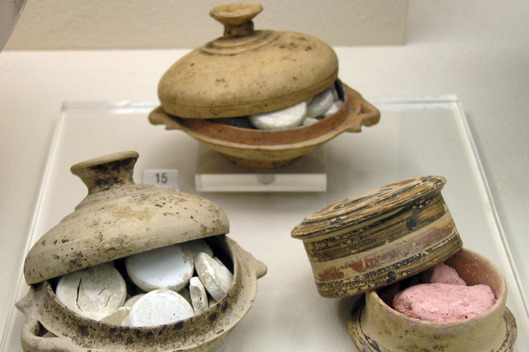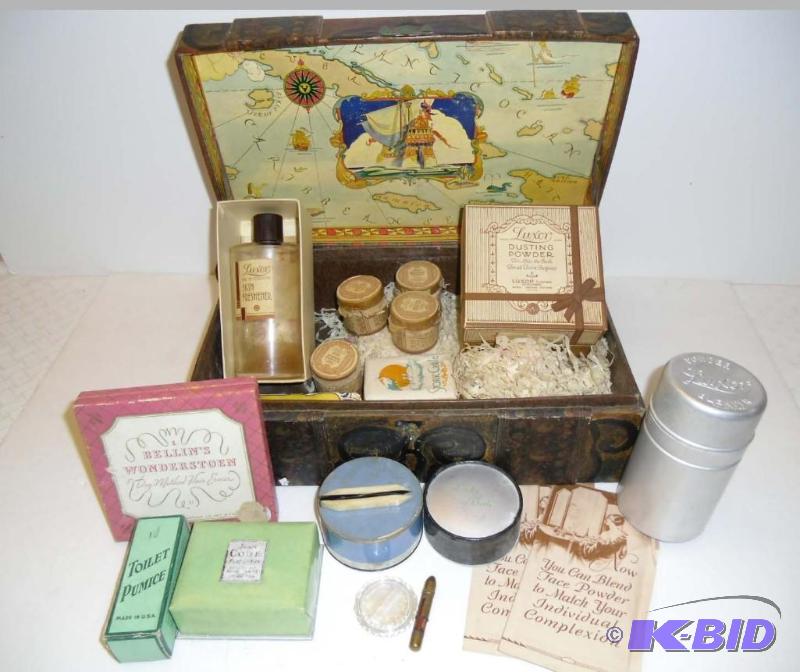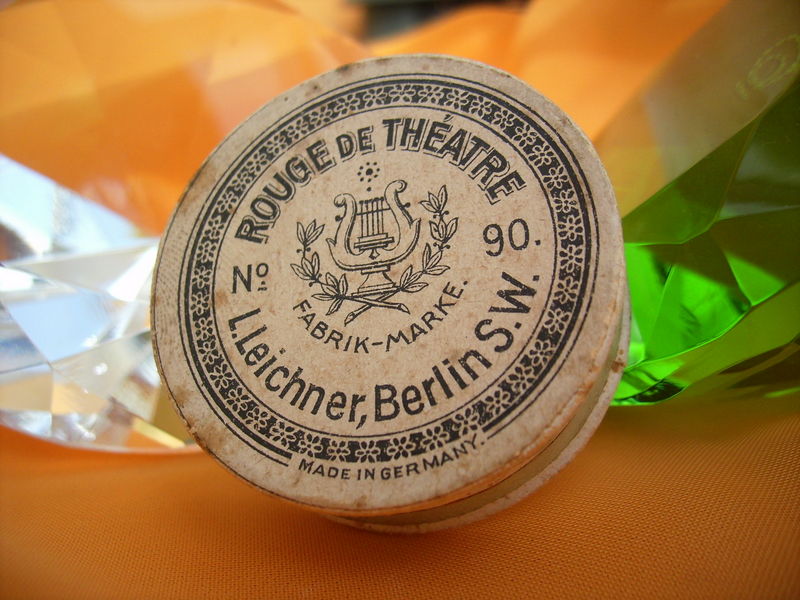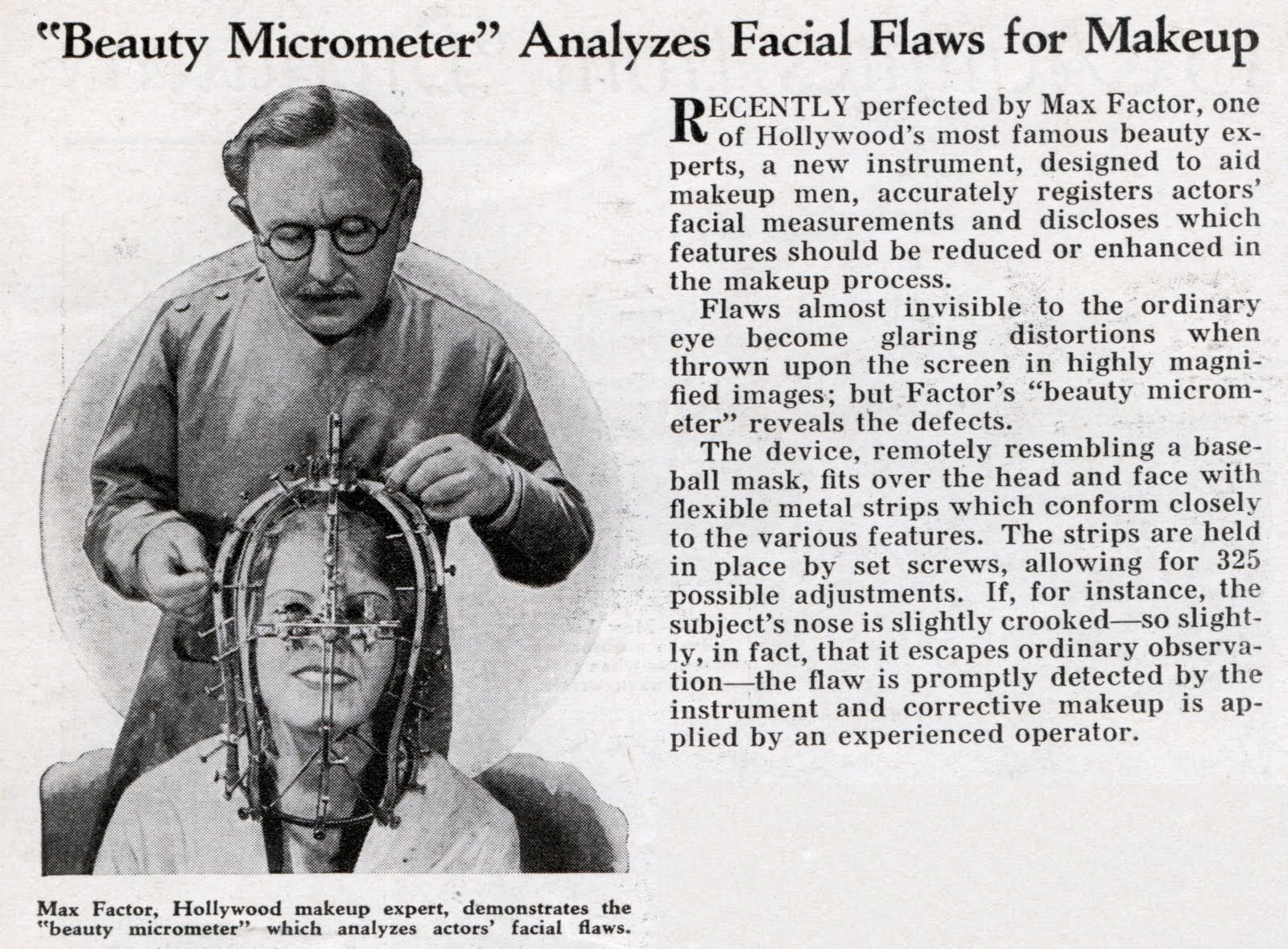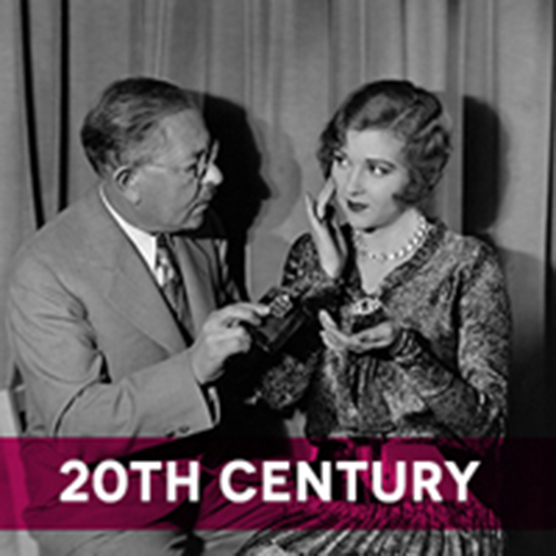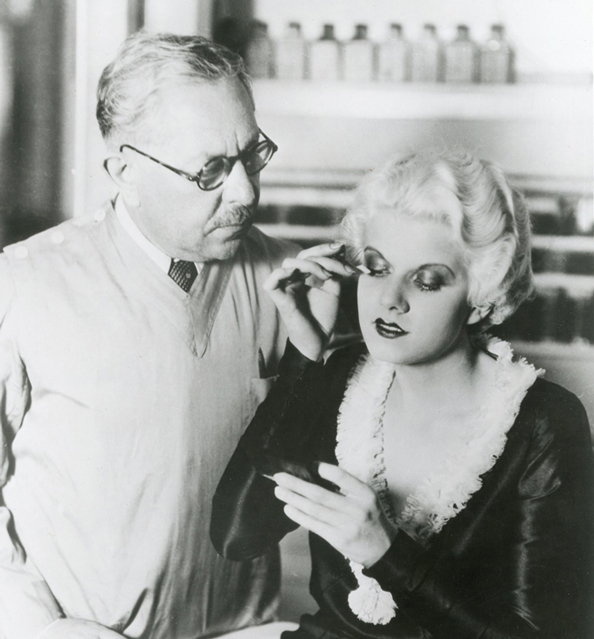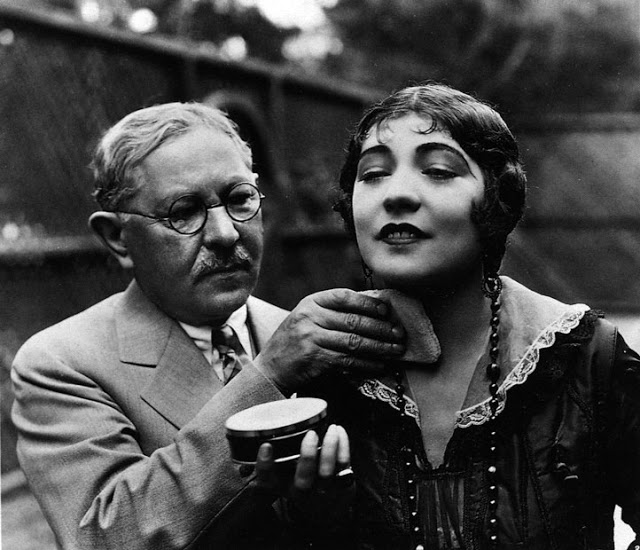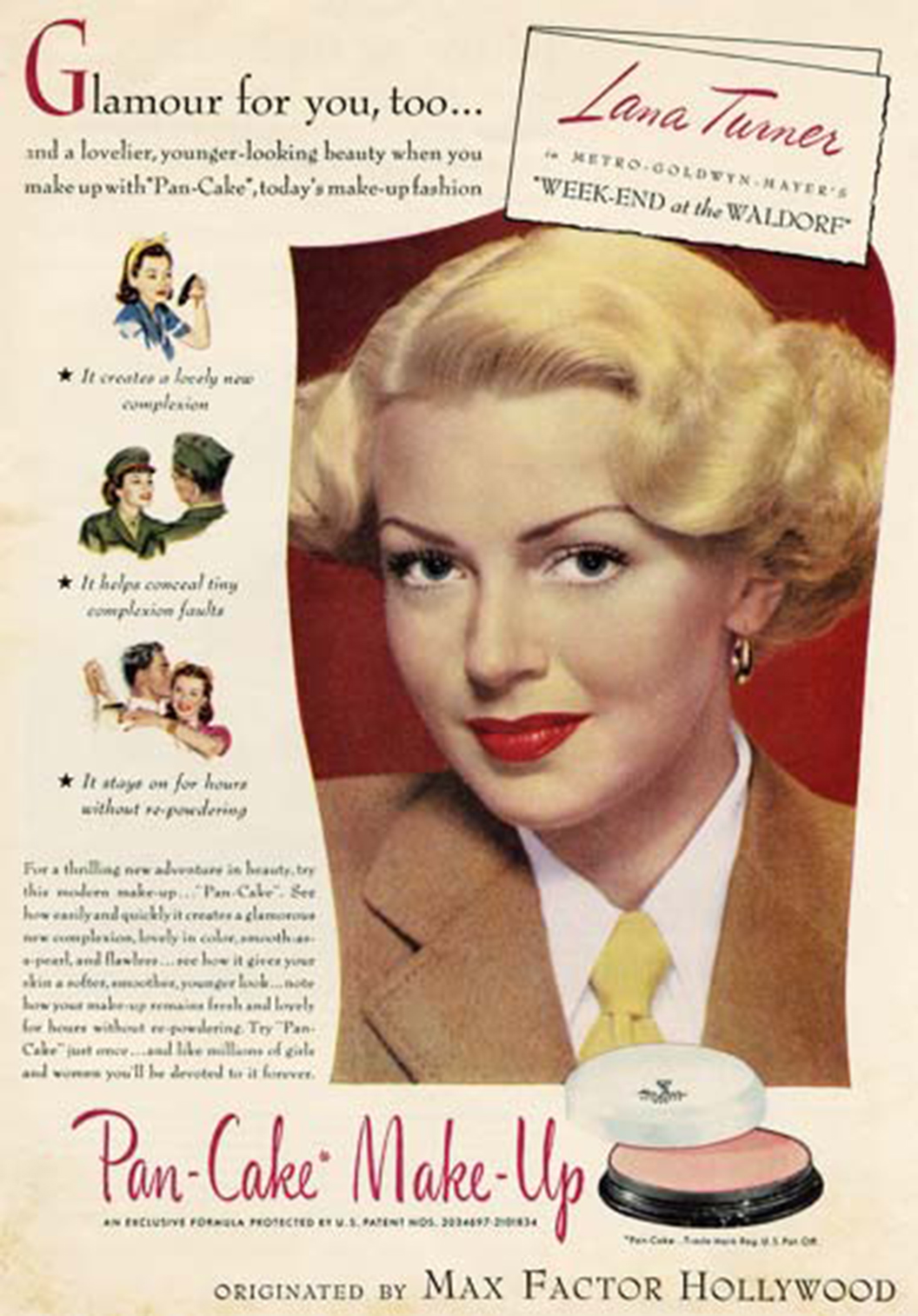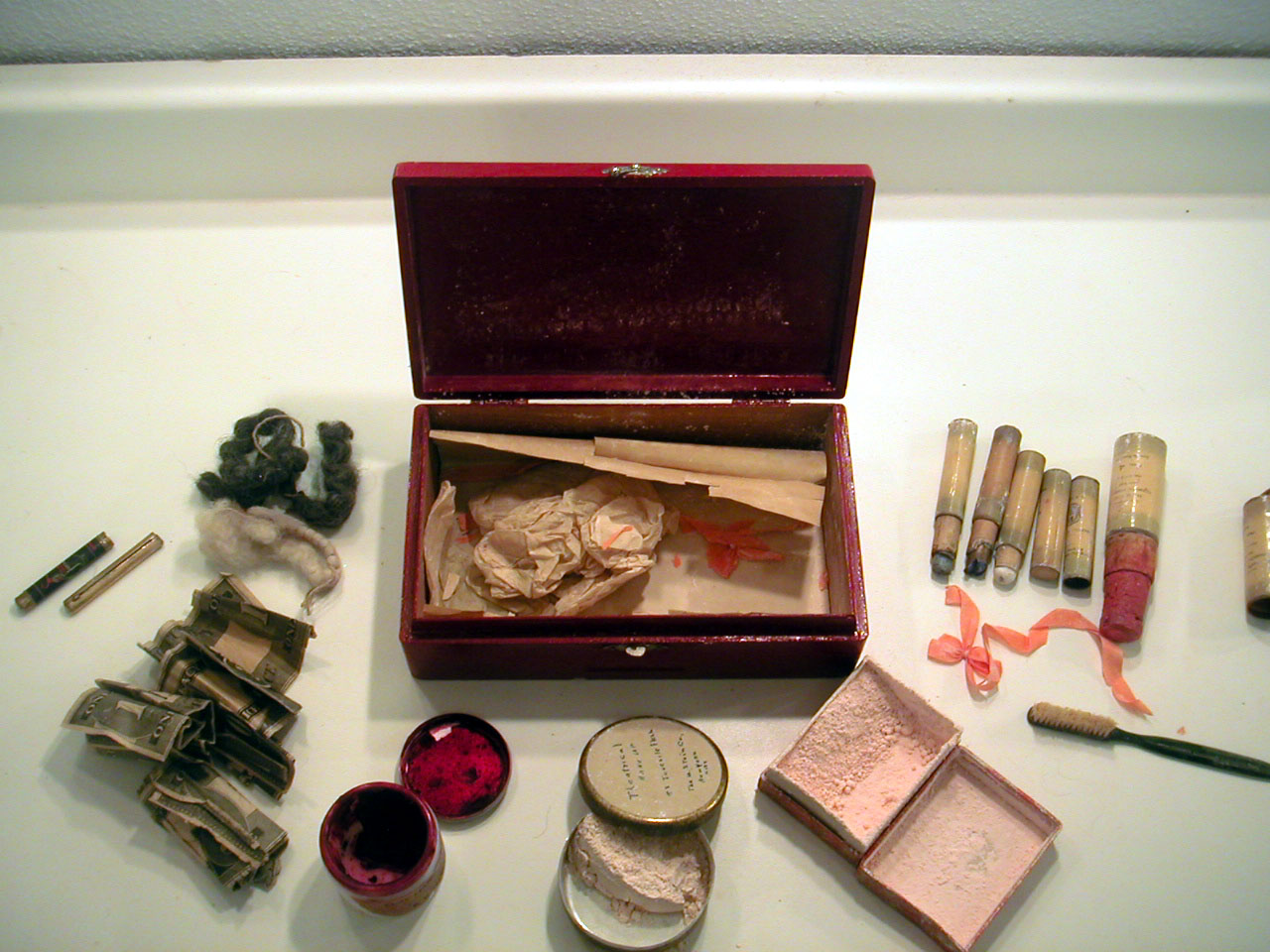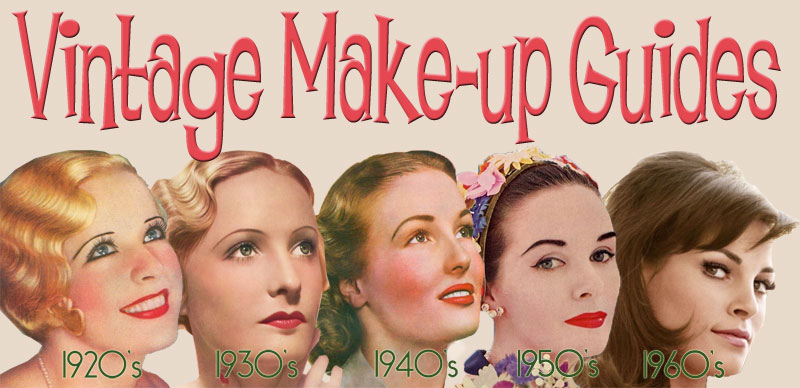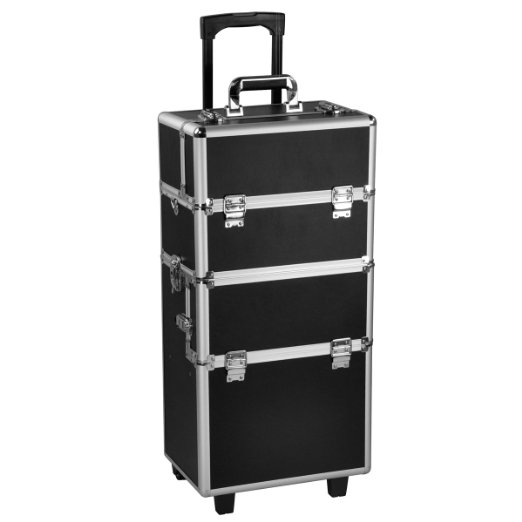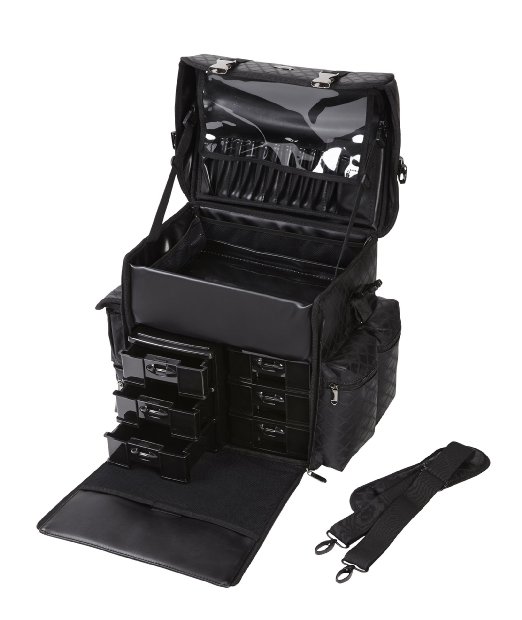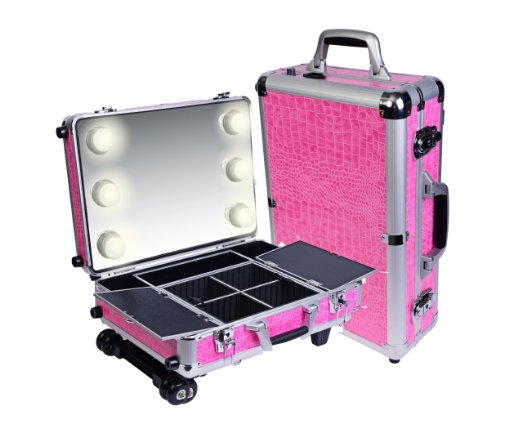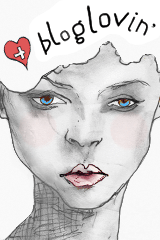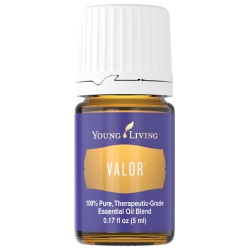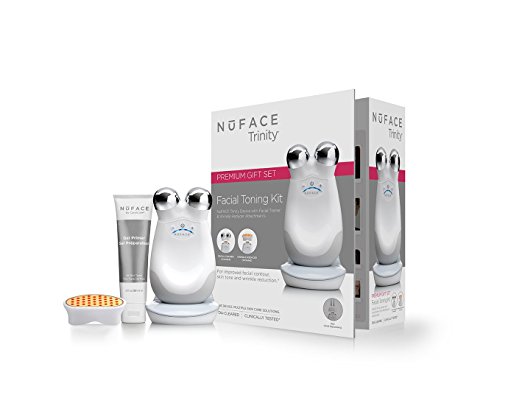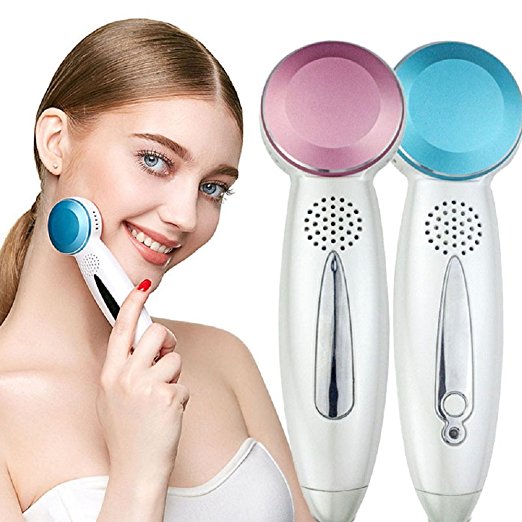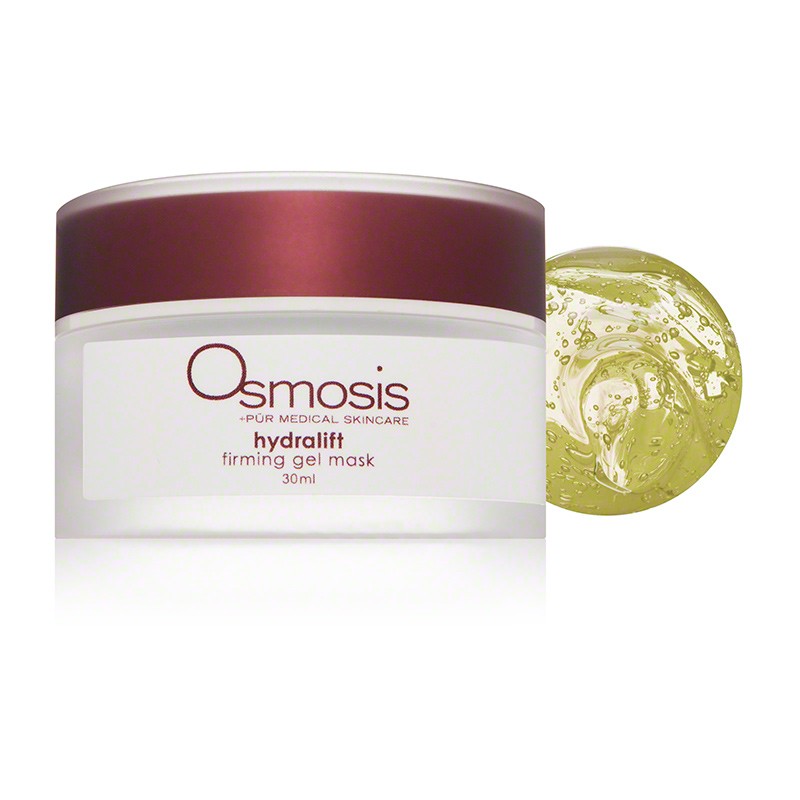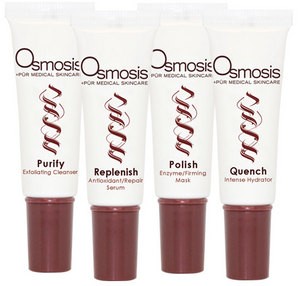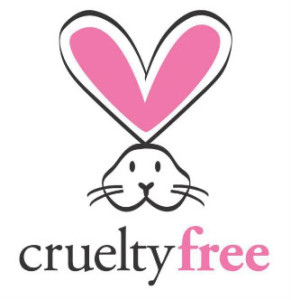The History of make up Foundation
Hello and thanks for your support, likes, and shares, we are very thankful. It is fuel for us to see that we are making a difference with all the information we share, we love doing the work and when we see how much you like it is a great feeling.
On week 231 we are sharing the history of foundation and we are including tips, videos, different qualities and much much more. The post will always be in our archives so you can go back to it anytime you wish, enjoy and please share with others so they to can learn and enjoy, thank you.
This post is about the history of foundation created for film and public, Max Factor a great contributor to the makeup history, not only to the film industry. He also contributed a great part to the beauty industry in general, he was also very involved in wigs and adhesives, a well-rounded professional. I am fascinated with his trajectory, he could have easily given up when he was in Russia and couldn’t live the way he wanted and definitely wouldn’t have had the career that he had here in the USA that was for sure, in any case, he followed his dream and impacted the industry in a huge way, so here we are sharing some of his achievements, we will do more on him in future posts.
I personally started my career using his products, Pancake, Pan stick, Grease paint and love them. You really connected with these products and came up with your own way to blend them and correct the mistakes of wear and tear of them, I am grateful that I was lucky enough to live in the era of fully committed professionals that not only love what they did, they also strived for excellency, not so much of that now, a lot of artists in the industry strive for the paycheck. That was not the way then, their way was quality, dedication, research and integrity.
Enjoy and please share and like.
From: https://en.wikipedia.org/wiki/Foundation_(cosmetics)
The use of cosmetics to enhance complexion reaches back into thousand of years. “Face painting” is mentioned in the Old Testament (Ezekiel 23:40). Ancient Egyptians used foundation. In 200 B.C., ancient Greek women applied white lead powder and chalk to lighten their skin wow how toxic right?. It was considered fashionable for Greek women to have a pale complexion and still is in many cultures in the world. Roman women also favored a pale complexion. Wealthy Romans favored white lead paste, which could lead to disfigurements and death. Men also wore makeup to lighten their skin tone and in many cultures to create a social distinction like in the case of tribes and for protection against sun and etc. They used white lead powder, chalk, and creams to lighten their skin tone. The cream was made from animal fat, starch, and tin oxide. The fat was rendered from animal carcasses and heated to remove the color. Tin oxide was made out of heating tin metal in open air. The animal fat provided a smooth texture, while the tin oxide provided color to the cream.
Ceruse Make up
Throughout the Middle Ages in Europe, it was considered fashionable for women to have pale skin, due to the association of tanned skin with outdoors work, and therefore the association of pale skin with affluence. In the 6th century, women would often bleed themselves to achieve a pale complexion. During the Italian Renaissance, many women applied water–soluble lead paint to their faces. Throughout the 17th century and the Elizabethan era, women wore Ceruse, a lethal mixture of vinegar and white lead. They also applied egg whites to their faces to create a shiny complexion. Many men and women died from wearing lead-based make-up.
In the 18th century, Louis XV made it fashionable for men to wear lead-based makeup. Theatrical actors wore heavy white base.
In the late 18th and early 19th centuries, Victorian women wore little or no makeup. Queen Victoria abhorred make-up and deemed that it was only appropriate for prostitutes and loose women to wear it. It was only acceptable for actors or actresses to wear make-up. In the late 19th century, women would apply a whitening mixture made out of zinc oxide, mercury, lead, nitrate of silver, and acids. Some women stayed out of the sun, ate chalk, and drank iodine to achieve whiteness the things that people do for “Beauty”.
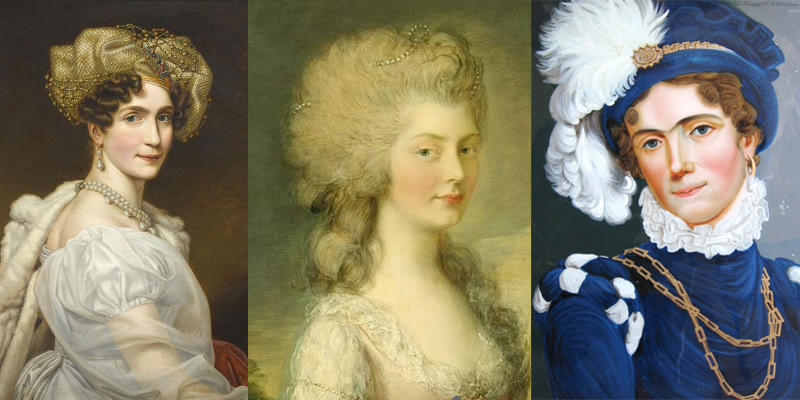
In the Edwardian era, women wore base and did not bleach their skin as much as they did in previous centuries.
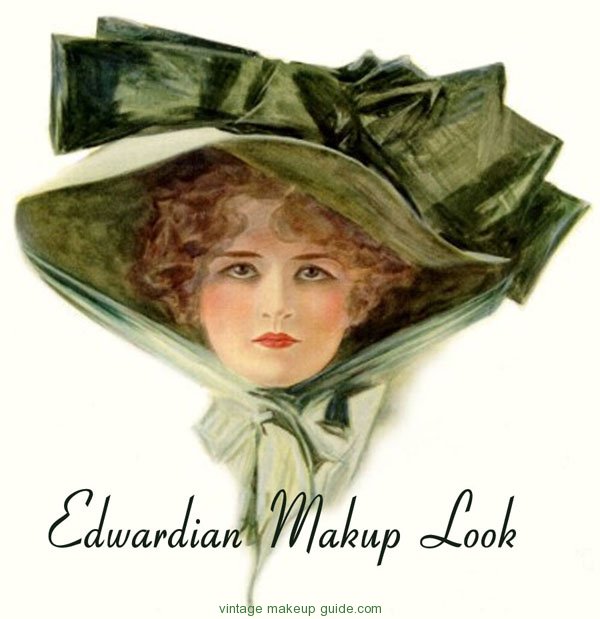
On the modern stage, makeup is a necessity because powerful stage-lighting systems may remove color from a performer’s complexion and can definitely work against it in many cases and good lighting will eliminate shadows and lines. Makeup restores this colour and defines the facial features to ensure a natural appearance. It also helps the player to look and feel the part, a consideration especially helpful in character interpretations. A theatrical makeup kit and a Motion picture and television make up kit typically includes makeup base colours, rouges, coloured liners for shadow and highlighting effects, eye makeup and false eyelashes, various cleansers, powder and powder puffs,different kinds of sponges, brushes, tweezers, concealers,tissues, bloating papers, spatulas to distribute the make up into a palette to prevent cross contaminations from one actor to another,disposable mascara wands, disposable lipstick applicators different kinds of adhesives, mirror, brush cleaner,liners, now a days anti-shine, and the kits of special effects contains putties, grease paints, Pack paint often airbrush and according paints, removers adhesives, lace hair peaces and their adhesives, waxes, liners and so much more for working prosthetic now days we use silicone materials, and gel materials aside from rubber and Gel appliances so we need different paints foe each of them and adhesives that work accordantly with the different materials, facial lace hairpieces or hair to construct them. Latex and wax was worked onto the skin to create the illusion of aging or deformity, now a days we have so many techniques to do that effect it all depends what the project call for and the budget. The art of stage makeup has become so complex that most theatrical, film and television companies employ a professional makeup artist who creates and applies makeup suitable to the actors’ various roles.
One of the first makeup kits
Makeup Artist Dallas TX – Makeup Kit Tour
Makeup, in the performing arts, motion pictures, or television, any of the materials used by actors for cosmetic purposes and as an aid in taking on the appearance appropriate to the characters they play.
In the Greek and Roman theatre the actors’ use of masks precluded the need for makeup. In the religious plays of medieval Europe, actors playing God or Christ painted their faces white or sometimes gold, while the faces of angels were coloured bright red. During the Renaissance, popular characters in French farce wore false beards of lamb’s wool and whitened their faces with flour. It is known that on the stage of Elizabethan England, actors playing ghosts and murderers powdered their faces with chalk and that those appearing as blacks and Moors were blackened with soot or burnt cork. Little attempt was made to achieve historical accuracy in either makeup or costuming until early in the 19th century.

Early stage lighting, provided first by candles and later by oil lamps, was dim and ineffectual; consequently, crudity in makeup passed unnoticed. With the introduction of gas, limelights, and, finally, electric lights into the theatre came the need for new makeup materials and more skillful techniques of application. Crude, inartistic effects could not be hidden under the revealing light of electricity. A solution was found with the use of stick greasepaint, invented in the 1860s in Germany by Ludwig Leichner, a Wagnerian opera singer. By 1890 the demand for stage makeup had warranted its manufacture on a commercial scale. Half a century later, greasepaint in stick form had given way to more easily handled creams, though greasepaint’s superior qualities in colour blending were still prized.
Stage makeup proved to be wholly unsatisfactory for the motion-picture medium. Necessarily heavy applications made it impossible to appear natural in close-ups, and the range of colours developed for theatre failed to meet the quite different requirements of motion-picture lighting and film emulsions.
The first makeup designed expressly for motion pictures was created by Max Factor in 1910. It was a light, semiliquid greasepaint available in jars in a precisely graduated range of tan tone, suitable for the lighting and orthochromatic film emulsion used during that period.
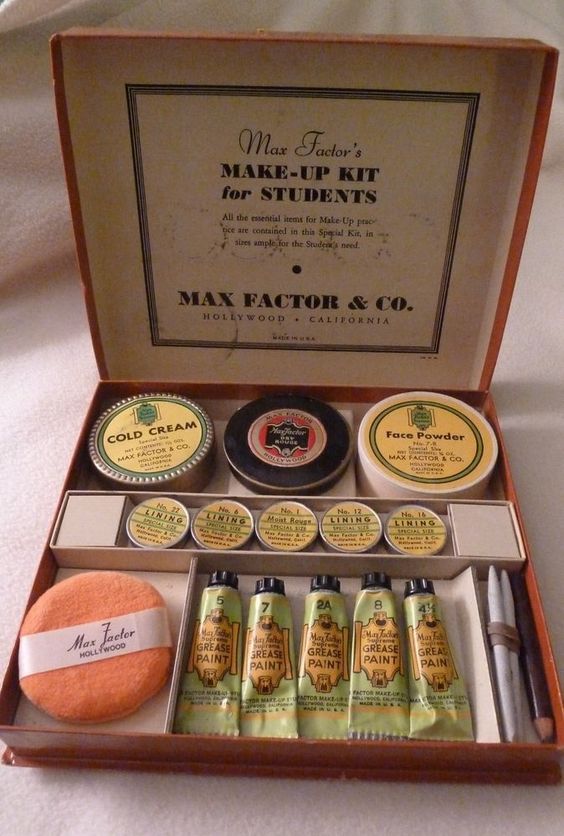
The introduction of panchromatic film and incandescent lighting on movie sets eventually made it possible to standardize the film, lighting, and colours of makeup that were most effective for motion pictures. The Society of Motion Picture Engineers conducted a special series of tests for this purpose in 1928. As a result of these experiments, Max Factor created a completely new range of makeup colours called panchromatic makeup, an achievement for which he won a special Academy of Motion Picture Arts and Sciences Award.
On April 30, 1928, Max Factor was presented with a special certificate by the academy of Motion Picture Arts and Sciences, the first awarded by the academy, in recognition of his contribution to the success of the Incandescent Illumination Research. Frank Max Factor remembered, I have never seen my father so happy and so on the verge of tears. And he just said “Thank you” and sat down, for he wasn’t able to say nothing at that moment.He told his son Frank years later, that he considered that occasion, when the entire industry gathered to pay him tribute for his achievement in the cosmetic art and his tremendous contribution to it, to be the happiest moment of his life, remarkable considering the whole trajectory since he left Russia, that is a winner. he persevered against all odds and follow his passion, I wasn’t until 1981 that make up became a regular category of the Academy Awards.
Max Factor was known for creating the signature looks of the era’s most famous icons such as Ava Gardner, Jean Harlow, and Marlene Dietrich. But he believed that glamour should be within reach of all women.
Max Factor’s ‘Beauty Calibrator’
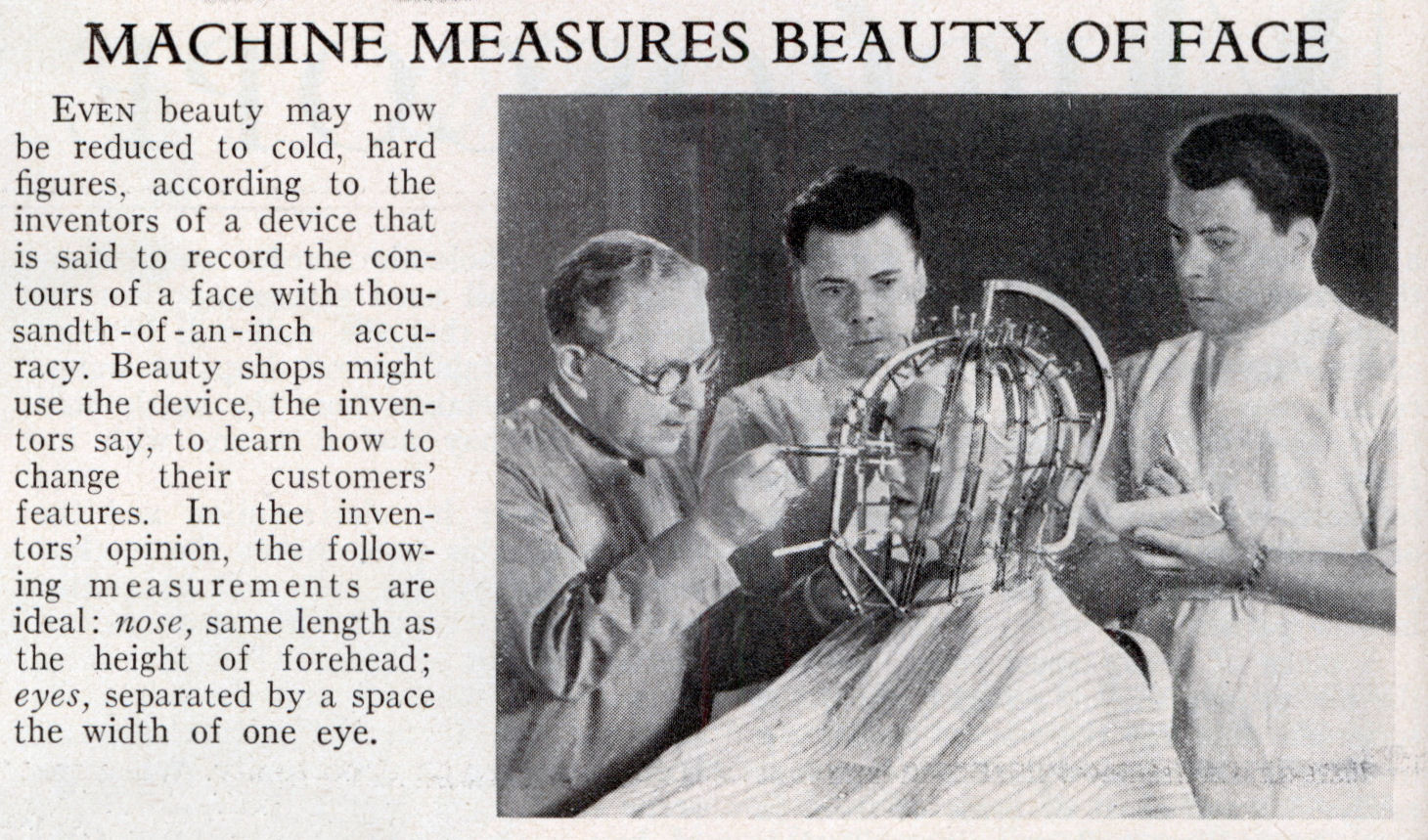 Motion-picture makeup is both corrective and creative. Makeup must always be applied skillfully, delicately, and subtly so that facial expression will have natural freedom. On the screen, particularly in close-ups, the face may be magnified many times larger than life size, so that every complexion flaw or crudely applied makeup artifice is clearly discernible. As a corrective art, makeup serves to cover blemishes, provide the face with a smooth and even colour tone for the most effective photography, clearly define the facial features for more visibly expressive action,make the player appear more attractive and ensure a uniform appearance before the camera. As a creative art, makeup enables the player to take on the appearance of almost any type of character. It can make the young appear to age believably and the old appear to look young again. Special makeup devices can supply the performer with any desired facial feature, from the weird effects of science fiction and horror movies to the bruises, wounds, and scars of western and war films.
Motion-picture makeup is both corrective and creative. Makeup must always be applied skillfully, delicately, and subtly so that facial expression will have natural freedom. On the screen, particularly in close-ups, the face may be magnified many times larger than life size, so that every complexion flaw or crudely applied makeup artifice is clearly discernible. As a corrective art, makeup serves to cover blemishes, provide the face with a smooth and even colour tone for the most effective photography, clearly define the facial features for more visibly expressive action,make the player appear more attractive and ensure a uniform appearance before the camera. As a creative art, makeup enables the player to take on the appearance of almost any type of character. It can make the young appear to age believably and the old appear to look young again. Special makeup devices can supply the performer with any desired facial feature, from the weird effects of science fiction and horror movies to the bruises, wounds, and scars of western and war films.
The introduction of colour to motion pictures created new makeup problems. Various colour films caused existing greasepaint used on players’ faces to appear yellowish or red and blue on the screen. After some experimentation, a solution was found with a successful solid (Pan-Cake) makeup that was applied with a moist sponge. Makeup charts indicated the correct colours to use for each type of colour film.
Modern foundation can trace its roots to Carl Baudin of the Leipziger Stadt theatre in Germany invented in the 1860s , a Wagnerian opera singer. By 1890 the demand for stage makeup had warranted its manufacture on a commercial scale. Half a century…. He is the inventor of greasepaint. He wanted to conceal the joint between his wig and forehead, so he developed a flesh-coloured paste made of zinc, ochre, and lard. This formulation was so popular with other actors that Baudin began producing it commercially, and, as such, gave birth to the first theatrical makeup.
Makeup has a long theatrical history. The early film industry naturally looked to traditional stage techniques, but these proved inadequate almost immediately. One of makeup’s first problems was with celluloid. Early filmmakers used orthochromatic film stock, which had a limited color range sensitivity. It reacted to red pigmentation, darkening white skin and nullifying solid reds. To counter the effect, Caucasian actors wore heavy pink greasepaint (Stein’s #2) as well as black eyeliner and dark red lipstick (which, if applied too lightly, appeared white on screen), but these mask like cosmetics smeared as actors sweated under the intense lights. Furthermore, until the mid-teens, actors applied their own makeup and their image was rarely uniform from scene to scene. As the close-up became more common, makeup focused on the face, which had to be understood from a hugely magnified perspective, making refinements essential. In the pursuit of these radical changes, two names stand out as Hollywood’s progenitor artists: Max Factor (1877–1938) and George Westmore (1879–1931). Both started as wigmakers and both recognized that the crucial difference between stage and screen was a lightness of touch. Both invented enduring cosmetics and makeup tricks for cinema and each, at times, took credit for the same invention (such as false eyelashes).
Factor (originally Firestein), a Russian Born in 1877 in Lodz, Factor, one of ten children, was apprenticed to a local apothecary when he was eight. By the age of nine, he was training with the city’s leading wigmaker and cosmetician, and shortly thereafter began traveling with the Imperial Russian Grand Opera. Following his obligatory military service, Factor opened his own shop south of Moscow, in Ryazan. After servicing a theatrical troupe that performed at the royal palace, he was summoned to serve as personal cosmetician to members of the czar’s court, including his physician. He was generously compensated and surrounded by opulence but forbidden from leaving the palace except for an escorted trip each week to his shop where he collected supplies. During one of these visits, he met a young customer, and in the following years secretly courted and married her, and even fathered three children with her, all completely unbeknownst to his royal escorts. As his children grew older, however, the situation became increasingly untenable, and the couple eventually devised a plan of escape. In early 1904, Factor used his own formulas to affect a sickly pallor. When allowed to visit a sanatorium, he arranged for his wife and children to join him and, under cover of night, they escaped on board a steamer bound for America.when he arrived in the United States in 1904 and moved to Los Angeles in 1908, where he set up a perfume, hair care, and cosmetics business catering to theatrical needs. He also distributed well-known greasepaints, which were too thick for screen use and photographed badly. By 1910, Factor after this realization begun to divide the theatrical from the cinematic as he experimented to find appropriate cosmetics for film. His Greasepaint was the first makeup used in a screen test, for Cleopatra(1912), and by 1914 Factor had invented a twelve-toned cream version, which applied thinly, allowed for individual skin subtleties, and conformed more comfortably with celluloid. In the early 1920s panchromatic film began to replace orthochromatic, causing fewer color flaws, and in 1928 Factor completed work on Panchromatic MakeUp, which had a variety of hues. In 1937, the year before he died, he dealt with the new Technicolor challenges by adapting theatrical “pancake“ into water-soluble powder, applicable with a sponge, excellent for film’s and, eventually, television’s needs. It photographed very well, eliminating the shine induced by Technicolor lighting, and its basic translucence imparted a fine delicate look. Known as Pancake makeup, it was first used in Vogues of 1938(1937) and Goldwyn’s Follies(1938), quickly becoming not only the film industry norm but for public sensation. Once movie stars, delighting in its lightness, began to wear it off screen, Pancake became de rigueur for fashion-conscious women. After Factor’s death, his empire continued to set standards and still covers cinema’s cosmetic needs, from fingernails to toupees.
According to:http://www.filmreference.com/encyclopedia/Independent-Film-Road-Movies/Makeup-HISTORY.html Read more
Max Factor
According to: http://www.britannica.com/art/makeup-performing-arts#ref268975
The introduction of panchromatic film and incandescent lighting on movie sets eventually made it possible to standardize the film, lighting, and colours of makeup that were most effective for motion pictures. The Society of Motion Picture Engineers conducted a special series of tests for this purpose in 1928. As a result of these experiments, Max Factor created a completely new range of makeup colours called panchromatic makeup, an achievement for which he won a special Academy of Motion Picture Arts and Sciences Award.
Max Factor
Max Factor and Renee adoree
The introduction of colour to motion pictures created new makeup problems. Various colour films caused existing greasepaint used on players’ faces to appear yellowish or red and blue on the screen. After some experimentation, a solution was found with a successful solid Pan-cake makeup that was applied with a moist sponge. Makeup charts indicated the correct colours to use for each type of colour film.
The tip-off that Factor had something even more valuable on his hands, however, was that rather than leave their makeup at the studio, actresses stole it to use at home. Factor initially resisted marketing Pan-Cake to the general public—he still believed makeup was best confined to the stage and screen. But his sons persisted and actresses begged, and finally, the following year, Factor launched Pan-Cake Make-Up with great fanfare. The product release was announced with a full-color advertising campaign and movie star endorsements and timed to coincide with the debut of George Marshall’s 1938 film Goldwyn Follies, the most lavish Technicolor production to date and the first to contain a screen credit for Factor’s makeup. Pan-Cake Make-Up was not the company’s first foray into the general market, but it was by far the most successful, inspiring more than sixty imitations and trumping the profits of all other Factor products combined. Other pioneers of the cosmetics industry—Helena Rubinstein, Elizabeth Arden, Charles Revson—immediately launched their own versions. Factor’s original product, a solid cake of makeup to be applied with a damp sponge, quickly led to the development of what has since been termed “foundation,” a viscous skin-colored substance that now exists in a bewildering range of options. Foundation can be liquid, solid, or something in between called “powder finish”
Motion-picture makeup is both corrective and creative. Makeup must always be applied skillfully, delicately, and subtly so that facial expression will have natural freedom. On the screen, particularly in close-ups, the face may be magnified many times larger than life size, so that every complexion flaw or crudely applied makeup artifice is clearly discernible. As a corrective art, makeup serves to cover blemishes, provide the face with a smooth and even colour tone for the most effective photography, clearly define the facial features for more visibly expressive action, make the player appear more attractive and ensure a uniform appearance before the camera. As a creative art, makeup enables the player to take on the appearance of almost any type of character. It can make the young appear to age believably and the old appear to look younger again. Special makeup devices can supply the performer with any desired facial feature, from the weird effects of science fiction and horror movies to the bruises, wounds, and scars of western and war films.
This would be the standard for theatrical make-up until 1914 when makeup artist Max Factor created Flexible Greasepaint that was more reflective under the lighting on movie sets. Although make-up would evolve dramatically from Baudin’s invention, theatrical make-up is, to this day, not too far removed from the original blend of fats and pigment.
Courtesy of GlamourDaze.com
https://youtu.be/qR5IHlCN9n4?list=PL5lFRekBkC4N25vAZ6VUoIJjiY5rEQJje
Pan-Cake
Max Factor was born in Russia, actually, he was Polish when Poland still wasn’t recognized as its own country and emigrated in 1914 to America, settling in LA to be closer to the budding film industry. Word of Max Factor’s expertise quickly spread and he was soon working with Hollywood’s leading film stars and making his own cosmetic products for a glamorous but realistic look on screen. In 1916 he started selling eye shadow and eyebrow pencils aside from foundations. This was the first time such products were available outside the movie industry. Four years later he launched a full range of cosmetics, calling it “make-up” – a phrase he coined.
The make-up products and techniques Max Factor created for the movie industry and his Hollywood clients earned him an Oscar, but his guiding philosophy was that any woman could be glamourous given the right tools and once they learned the make-up artistry skills. From mascara to foundation, eye shadow to lip gloss – Max Factor put the transformative tools for make-up artistry into the hands of every woman, enabling her to create her own personal glamour statement every day.
The first commercially available foundation was Max Factor’s Pan-Cake. Originally developed for use in film, actresses were so taken with the results that Max Factor was overwhelmed with demand for the product for their personal use. The breakthrough in his formula was the first “foundation and powder in one”; traditionally, an actor was made up with an oil/emollient-based make-up, which was then set with powder to reduce the reflection and ensure it would not fade or smudge. Pan-Cake used talc—rather than oil or wax—as the base, and, applied directly to the skin with a wet sponge, it offered enough coverage (it could be layered without caking on the skin) to eliminate the need for a foundation underneath. This was considered significantly more lightweight and natural-looking on the skin than the standard method, hence people’s eagerness to wear the item in public. Although foundation make-up was widely available and used within the film industry, the use of cosmetics in general was still somewhat disreputable, and no one had tried to market foundation (although lipstick, blush, and nail polish were popular for daily use) as an everyday item. Factor had the product patented in 1937, and, despite the economic turmoil of the era, Pan-Cake became one of the most successful cosmetic launches of all time. By 1940, it was estimated that one in three North American women owned and wore Pan-Cake. As of February 2009, Procter and Gamble, the brand’s current owner, confirmed that the original formula Factor developed and used himself is still sold today.
A second but equally important function of early film make-up was to make the best of an actor’s facial features. Although an interesting ‘camera face’ was not essential for becoming a screen actor – acting ability was also important – it was highly desirable. As make-up specialists, like Max Factor and the Westmores, began to get heavily involved with the film studios in the 1920s, they transformed many famous faces to make them more pleasing when filmed.
Greasepaint and powder
The use of greasy substances in western theatrical make-up goes back to at least the eighteenth century when W. R. Chetwood (1749) described the use of ivory-black mixed into grease for blackening the face; it was removed with fresh butter. ‘The Oxford Companion to the Theatre’ suggests that when gas lighting was introduced, a number of actors mixed powdered mineral pigments with some form of grease to produce a type of grease-based makeup. For example, Fitzgerald (1901) describes how the actor Herman Vezin [1829-1910] “mixed a lot of colour with melted tallow in Philadelphia in 1857”. William (‘Willy’) Clarkson [1861-1934] (an infamous London wigmaker) also suggested that Vezin was “if not the first, [then] one of the first to make up with grease” on the London stage. However, it would be Ludwig Leichner’s name that would become most closely associated with greasepaint.
According to:http://www.cosmeticsandskin.com/bcb/greasepaint.php
Ludwig Leichner
Being both an opera singer and a student of chemistry, Leichner was in an ideal situation to advance the cause of stage make-up. After developing a viable product, he established a commercial powder and make-up business in Berlin in 1873 to make it, and within a short time was selling his products internationally.
The greasepaint Leichner developed had a greater covering power and intensity of colour than the old powder make-up and gave actors more control over how it was applied. Skin tones, shadows, and highlights were easier to create so, when correctly applied, greasepaint enabled actors’ faces to look more natural, have a more even complexion and be more expressive in the brighter light; in short, they looked more lifelike. The make-up was also largely unaffected by perspiration.
The old method of making up was not by any means so effective as the preparation of the present day—the face being treated to a coating of violet powder, the hare’s foot, and rouge were called in to throw up the complexion, the chin and cheek bones being very liberally treated to colour. It will be seen at once that this method needed reformation, for it is impossible to give the whole of the face a natural hue with violet powder, and though carmine was employed to heighten effects, the face must have had a patchy appearance.
Another difficulty and a very serious one was the perspiration of the flesh becoming, after a little exertion, palpable through the make-up. This frequently resulted in one colour running into another, hence a most ludicrous expression. It is almost (even now) impossible to effectually patch up a makeup after it has been once laid on the face, and the old method necessitates the actor making up afresh after he has strutted and fretted through a few scenes.
In the early days of film, some screen actors, particularly men, refused to use any form of make-up; most were eventually talked into to doing so. Individuals with a good complexion could get away with using a little cold cream covered with powder but otherwise, traditional greasepaint was needed. As the demands of the screen became better understood the greasepaint was applied more thinly and worked well into the skin so that it looked as natural as possible before powder was applied. When the grease paint, was put on properly, gave the skin a perfectly smooth surface of a shade slightly lighter than the grease appears in the jar.
It was very important that actors blend the greasepaint and powder very well, not only to ensure that it covered the area behind the ears and the neck but also to avoid the demarcation lines and blotchiness that resulted from the greater contrast and limited spectrum sensitivity of blue-sensitive film. Blending powders they are called, and blending powders they should be. The powder covers the entire face and is blended smoothly with the base by the slow and rather tedious process of patting it on gently but firmly with a large powder puff. Choice of color in blending powder and care in applying it is quite as important as any other part of the make-up.
The tonal shades of the greasepaint and powder used by film actors would depend on the filming conditions, the character they were playing and individual preferences. Women generally selected a lighter skin tone than men, which reflected the social norms of the day – this was before the suntanning craze of the 1920s. Many actresses felt light tones also made them look younger; needless to say, some overdid it. Some actresses thought that the lighter they can make themselves the more youthful they appear. A good natural flesh tint with a powdering over of flesh-tinted powder to kill the gloss of grease paint.
Many screen actors believed that greasepaint restricted their facial expressions and this seems to have been one reason why some only used powder or switched to Max Factor’s ‘Supreme Greasepaint’ or some other form of cream greasepaint. Released in 1914 as a cream in twelve shades, Supreme Greasepaint could be applied very thinly and felt very flexible on the skin.
Cinema tends to make beautiful people look more beautiful, but it wasn’t always so. In its earliest days, film had an adversarial relationship to beauty, exaggerating the tonal and textural variations of the human face so that even the most stunning heroine became a blotchy caricature. Early black-and-white film stocks—first, orthochromatic film, dominant until 1927, and to a lesser degree its successor, panchromatic film—rendered dark colors darker and light colors lighter, turning features that seemed innocuous off camera (rouged cheeks, a constellation of moles) into distracting blemishes when seen on the screen. Pimples and freckles looked like spots of mud and blue eyes seemed colorless; lipstick made the mouth a cavernous hole and a complexion with sallow or pink undertones appeared, in the term of the time, “negroid.” Techniques borrowed from the stage also proved problematic: face paint used to suggest wrinkles to a theater audience, for example, read as tattoos on film. Cinematic makeup, then, was not born from vanity—it was a necessary antidote to the flawed medium of film.
At first, film actors would arrive on set already made up, having used either a commercial greasepaint product designed for the stage or homemade concoctions of lard, talc, and pigment. Actors shared tips with each other and a few studios provided how-to pamphlets. A more convincing skin color could be made by adding brick dust or paprika; a layer of cold cream, petroleum jelly, or vegetable shortening could be applied before the paint, and a puff of flour after, to diminish the shine; white paint could be used to hide a double chin; dimples could be drawn in with a touch of lipstick. But even with the most expert application, greasepaint was a crude medium. It was stiff and dense, and tended to aggravate skin conditions that then required more greasepaint. There was no solution for the seams that were visible along the hairline and collar, and, as the name suggests, the substance was nearly impossible to wash off. Most vexing of all, greasepaint remained perfectly intact only when the face was slack. A lifted eyebrow or a smile caused the makeup to craze with hairline cracks. Though imperceptible to a distant theater audience, the defect was catastrophic on film.
Silent-film comedians were the first fans of a new “flexible” greasepaint introduced in 1914 by a small wig and cosmetic shop in Los Angeles. “Flexible Grease Paint” had a very different feel to it, and customers requested that the proprietor demonstrate how to apply it. The store soon developed a steady clientele of actors who were happy to pay someone else to do their makeup. Charlie Chaplin, Buster Keaton, and the cross-eyed Ben Turpin needed to be on set by seven in the morning; The House of Make-Up began opening at five thirty.
Highlight and shadow
Through the use of makeup, specifically highlighting and shading, the apparent shape of an actor’s face can be changed By highlighting the face’s protruding bones, the features become pronounced; shadowing cavities can add depth.Sagging jowls, forehead wrinkles, eye pouches, and prominent veins can be created by manipulating highlights and shadows. A highlight is a base makeup that is at least two shades lighter than the base. It is applied on the bridge of the nose, cheekbones, and areas under the eyes and below the brows. Using a color two shades deeper than the base provides depth and definition. This depth is commonly used on the eye sockets, to thin the sides of the nose, to shallow the cheeks, and to minimize heaviness under the chin.
Makeup and lighting
Lighting controls makeup to a high degree. Makeup can lose its effectiveness due to incorrect stage lighting. Conversely, skillful lighting can greatly aid the art of makeup. Close communication between the lighting director and the makeup artist is crucial for the best possible effect.
Understanding light’s effect on makeup and various shades and pigments is important when designing a performer’s makeup. The following are among the basic rules of light: nothing has color until light is reflected from it; an object appears black when all of the light is absorbed; an object appears white when all of the light is reflected. If certain rays are absorbed and others are reflected, the reflected rays determine the color.
Light’s effect on makeup
- Pink tends to gray the cool colors and intensify the warm ones. Yellow becomes more orange.
- Flesh pink flatters most makeup.
- Fire red ruins makeup. All but the darker flesh tones virtually disappear. Light and medium rouge fade into the foundation, whereas the dark red rouges turn a reddish brown. Yellow becomes orange, and the cool shading colors become shades of gray and black.
- Bastard amber is flattering because it picks up the warm pinks and flesh tones in the makeup.
- Amber and orange intensify and yellow most flesh colors. They turn rouges more orange. Cool colors are grayed.
- Green grays all flesh tones and rouges in proportion to its intensity. Green will be intensified. Yellow and blue will become greener.
- Light blue-green lowers the intensity of the base colors. One should generally use very little rouge under this type of light.
- Green-blue washes out pale flesh tones, and will gray medium and deep flesh tones, as well as all reds.
- Blues gray most flesh tones and cause them to appear more red or purple.
- Violet causes orange, flame, and scarlet to become redder. Rouge appears more intense.
- Purple effects makeup like violet lighting, except reds and oranges, will be even more intense, and most blues will look violet.
Filmmaking: Color temperature & Kelvins Explained
https://youtu.be/mwqNRqDx680
FilmSkills.com – Lighting Techiques – Color Temperatures
https://youtu.be/CfRWHnfDsco
Professional Rolling Travel Makeup Case Jewelry Drawers Aluminum Black Code Lock
- High quality aluminum construction with reinforced steel corners for extra durability
- Wider opening at top of the case for easy access
- Heat resistant panels maintain case interior cool
- Heavy duty handle for added comfort and grip
- Code lock design and easy close latches for added security
Yaheetech 2-wheel 2-in-1 Professional Multifunction Artist Rolling Trolley Makeup Beauty Train Case Cosmetic Organizer
- Bright aluminum frame and sheet surface, fully lined suede interior
- Smart 2 in 1 design versatile jewelry cosmetic trolley-upper top case and big bottom case
- Telescopic style handles and 2pcs durable castors
- Adjustable pull handle length from 21″ to 26″ and 34″. Net Weight: 15.5LBs
SHANY Rebel Series Pro Makeup Artists Multifunction Cosmetics Trolley Train Case, Knight, Large
- Cosmetics Trolley case features: lockable compartments, Mirror, Retractable handle, spill resistant
- Expandable trays, fits hair dryer, Flat Iron, perfumes, Nail polishes, brush cleansers, liquid foundations
- Light weight, Airport friendly, easy to pull, Rebel wheeled makeup cases do not need assembly
- Free set of cosmetics organizer mesh bag comes with all SHANY large wheeled trolley makeup cases
Seya Beauty Soft-sided Nylon, Carry on Professional Makeup Case w/ Removable Drawers and Brush Holder
- Crafted of durable, high quality, easy to clean nylon fabric material
- Includes a removable 13pc brush case as an added bonus
- 6 removable plastic storage trays in bottom section
- Exterior includes additional storage
- Includes removable shoulder strap for added convenience
SHANY Cosmetics Mini Studio Togo Makeup Case
- Mini version of studio To Go lighted Makeup with the same solid construction
- Easily store your makeup brushes, lipsticks, foundation, and other products
- Includes: Dimmer Switch and adjustable storage pieces
- Rolling wheels and expandable handle make it perfect for a travel
- SHANY is a member of PETA and all our products are cruelty-free
